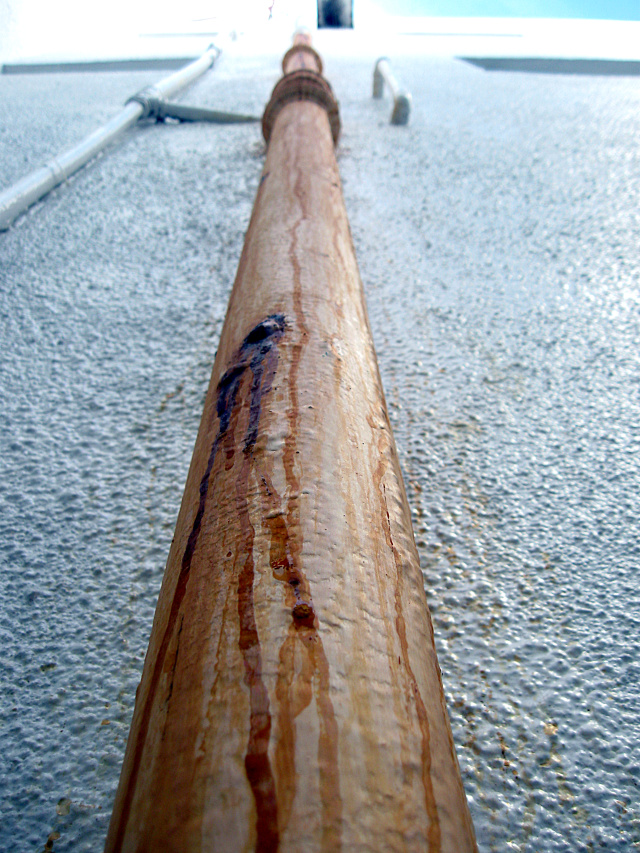
Oklahoma is facing a different type of “meth” problem, one that has environmentalists and energy industry representatives on opposite sides following a public forum on proposed Bureau of Land Management rules to reduce the release of methane gas from wells.
The proposed BLM rules focus on reducing natural gas waste through flaring, venting and leaks from oil and gas production on public and tribal lands. At a public forum held last week in Oklahoma City, environmentalists encouraged BLM officials to take a stronger stance, while industry officials insisted they were already working to reduce the waste of natural gas.
The environmentalist perspective
Among those calling for stronger regulations are members of the Oklahoma Sierra Club, Taxpayers for Common Sense, Environmental Defense Fund, Clean Air Task Force, Earthworks and the Citizens Client Lobby. While Johnston Bridgwater of the Oklahoma Sierra Club said the proposed rules were “a step in the right direction,” he insisted the rules fell far short of what was needed.
A report from the Government Accountability Office in 2010 showed even a 40 percent reduction in methane emissions from flared or vented gas could generate as much as $23 million annually in lost royalty payments. Mike Surrusco with Taxpayers for Common Sense noted that the report showed the amount of vented and flared gas being released into the atmosphere was a growing problem.
“It appears the problem is getting worse, not better,” Surrusco said.
Industry perspective on proposed BLM rules
Industry officials counter that methane gas release is on the decline. James Roller of the Oklahoma Independent Petroleum Association said methane emissions from oil and gas production had declined by 21 percent since 1990, and the reduction came without federal regulation. Meanwhile, natural gas production during the same period has increased by 47 percent, Roller said.
Howard Ground of the Oklahoma Oil and Gas Association said the proposed regulations were “duplicate and conflicting” and said BLM should share in the blame for any methane emission problem.
“We feel that the BLM itself is the cause of much of the higher levels of venting and flaring that this rule intends to correct due to delays in approving rights-of-way for gas-gathering lines,” Ground said.
Data from BLM shows the proposed regulations would have a net benefit of up to $188 million a year, with compliance costs estimated to be in the range of $125 million to $161 million a year. Steve Slawson of Binger Operations said he believed the industry compliance projections were much lower than the actual numbers, but that this would be much less of an issue in Oklahoma than it would be in other states such as North Dakota.
While the proposed BLM rules would only affect tribal and public lands, the bureau has oversight of more than 15,000 wells in the Oklahoma, Texas and Kansas region, and more than half of those are located in Oklahoma.
‘Stop making everyone sick’
The bottom line for many of those in favor of the regulations, however, is that the methane emissions are an environmental issue needing to be addressed. Among those is Earl Hatley, a Payne County landowner who said he experiences significant health issues owing to the release of methane and hydrocarbons into the air.
“Let’s keep it in the ground and stop making everyone sick,” Hatley said.
Public meetings for the rule began in 2014, and BLM will continue to seek input on the proposed regulations through April 8.















